2015 Subaru Outback Review

Station wagons are generally unpopular and they tend to lead rough lives. Meet the latest redheaded stepchild of the U.S. auto market: the 2015 Subaru Outback.
FAST FACTS
| Engine: 2.5L boxer four makes 175 hp and 174 lb-ft of torque, 3.6L flat six makes 256 hp and 247 lb-ft. |
| Transmission: CVT. |
| Fuel economy: 2.5L: 25/33/28 MPG. 3.6L: 20/27/22 MPG (City/Highway/Combined). |
| Price: $25,745 to start and $33,845 for the 3.6-liter flat six in “Limited” trim. |
Only a handful of manufacturers plan to continue pushing wagons here in the foreseeable future and the list of lifted, trail-capable options is even smaller. Audi offers the Allroad for somewhere between $41,000 and $50,000. There’s also the Volvo XC70. It starts over $38,000 for an all-wheel drive model, but that isn’t exactly inexpensive either.
If that tidy sum seems like too much, Subaru’s Outback might be just right. It enters a fifth generation for the 2015 model year and retails for $25,745 for the four-cylinder base model and $33,845 for the 3.6-liter flat six in “Limited” trim. Since its introduction in 1994, the Subaru Outback slowly gathered a cult following of owners who swear by their cars in a manner tantamount to a scouts honor.
Subaru is a small, conservative company that rarely makes snap decisions and the Outback is one of its best sellers in its biggest market: the U.S. Consequently the company went about designing the latest version with care. After all, the previous generation was a smash-hit with double the sales of its predecessor.
The Long Road Since Dundee
You might remember Subaru’s initial marketing campaign for the Outback. I do and at the time I was memorizing multiplication tables and stressing over spelling tests. In case you’re one of the people who mutes commercials, the spots featured Paul Hogan (Crocodile Dundee) in an Outback fleeing from a couple of bumbling bad guys. The campaign achieved two things. First, it left everyone feeling confused about whether Subaru was Australian. Second, it cemented the Outback in my and ostensibly millions of other people’s grey matter.
Quite a bit changed since the mid-‘90s. Bill is out and Hillary is (trying to be) in, boy bands are stuck in the backchannels of karaoke booklets and Joseph Gordon-Levitt is back in the limelight.
The Outback is still being sold, but it’s far from being the same as it was back then. Subaru expanded it in the previous generation to be larger than it was before. This time around, the exterior measurements are basically the same, but Subaru increased cabin volume 2.7 cubic feet by lowering the load floor. The most significant change has to do with how power travels to the wheels.
Incoming Transmissions
Starting with the 2015 model year, Subaru is selling the Outback exclusively with a continuously variable transmission. Actually there are two CVTs: a smaller unit for the 2.5-liter four-cylinder models and separate unit with higher torque tolerance attached to the 3.6-liter flat six. That engine makes 256 hp and 247 lb-ft of torque while the four-banger puts out 175 hp and 174 lb-ft of torque. Neither engine comes with a noteworthy change in performance, but Subaru says it changed roughly 80 percent of the components in the 2.5-liter engine for improved thermal efficiency and friction reduction.
In plain English, the Outback is as much about efficiency these days as it is about tackling risky roads regardless of weather conditions.
Official ratings peg the car at 25 MPG around town, 33 on highways or 28 on average with the four-cylinder engine or 20/27/22 for the 3.6R. During my day-long drive in Newfoundland, Canada, (where you can actually still get a stick-shift Outback) the cars lived up to those ratings.
That isn’t the only place where the new Outback delivered as promised.
Go Anywhere Capability
Subaru makes some bold claims about what the Outback can do. The brand bills it as a “go anywhere, do anything” vehicle and that’s a reputation that past models lived up to. But with a continuously-variable transmission, is the Outback going soft?
Nope. With 8.7-inches of ground clearance, there aren’t many vehicles that can boast more space from earth to undercarriage. For example, the Audi Allroad has 7.1 inches to spare and the 2015 Chevrolet Tahoe has 7.9. In fact, shy of Wrangling a Jeep, you’re probably not going to beat the Outback.
The car also comes with something Subaru calls “X-Mode.” While engaged, it idiot-proofs driving over rough ground by holding hill descent speeds for you and maintaining steady throttle application for sure-footed climbing. Or so the company says.
To prove it, Subaru set us up with a chance to drive the Outback over a series of off-road obstacles that people normally tackle with an ATV. While literally going “anywhere” is a lot of marketing hyperbole, you might be surprised by how sure-footed and capable this thing is. Not only did it climb up steep hills covered in loose rocks without hesitation, but one of the humps we crossed used every inch of available clearance.
Perhaps most remarkably, the four-cylinder model performed just as well over the same obstacles as the 3.6R. It works harder to do that, but you will have a hard time picking out the difference in performance over rough ground.
A Tale of Two Engines
It isn’t until you get out on a highway that the differences between the four- and six-cylinder engines become obvious. They both offer plenty of forward thrust at low speeds, but the extra torque and horsepower make a noticeable difference for passing other cars. But for every bit of extra merit those ponies and pound-feet provide, it’s hard not to wonder how worthwhile the bigger engine actually is.
The four-cylinder is adequate and more efficient than both the version used in last year’s Outback and the flat six. Historically, most people pick the smaller mill and that makes more sense now than ever before. Skip the six; you don’t need it.
Saddling Up
Even with the difference in power between the two engines, wide-open throttle acceleration doesn’t really feel that much different between the four and six. The bigger engine feels more responsive at first stab, but both cars feel pokey if you floor your right foot.
Like other recent Subaru models, the side-view mirrors are attached to the door panels and that leaves more room for glass. The result is a thinner-looking A-pillar that makes it easier to see deep into a corner.
For a bulky, high-riding station wagon, the Outback handles corners reasonably well. The steering wheel feels light to turn and that makes the connection between road and car seem vague. Still, there is a noticeably progressive feeling to steering the car as you move off-center and it makes up for most of the ambiguity inherent to an underweighted steering wheel.
The company says it worked on improving sound deadening over the last model and while that’s probably true, there is still room for improvement. Wind noise at highway speeds isn’t loud enough to interfere with a conversation, but it’s also hard to ignore.
What Else Is New?
Subaru is packaging a new touch screen user interface and an enhanced version of its EyeSight safety system with the Outback.
Two touch screens are available: a 6.2-inch version or a seven-inch version that adds voice-activated navigation with live traffic updates. Both offer Pandora and Aha Internet Radio compatibility and are easy to use if a little bit buggy. If you launch either of those apps without connecting a phone via Bluetooth first, the computer will spend a full minute trying to boot up the app and locking out the ability to return to other audio functions.
Subaru used to be much more conservative about packaging its EyeSight safety system, but that isn’t the case with the Outback. Both the mid-level “Touring” trim and range-topping “Limited” models are available with the system as a part of the technology package.
The revised version of EyeSight is able to apply braking to mitigate a crash without driver input at higher speeds than before. It can also warn you of a vehicle approaching quickly from behind when you’re about to change lanes and, as before, includes adaptive cruise control. Subaru has increased the number of distance settings from three to four and designed EyeSight-equipped models to intensify either the left or right fog light during turns in those directions.
Interior Improvements
Cloth seat upholstery is part of the standard equipment list, but leather is available. Hard plastic surfaces aren’t hard to find, but Subaru is being clever with how it disguises some of them to look like metal or even wood. More importantly, the interior feels well-constructed as if it will still look presentable after years of service.
The rear seats are available with heaters and can recline. Even with the optional sunroof, there’s also plenty of space for long legs and big heads. For 2015, Subaru added levers to the left and right sidewalls of the rear cargo area that lower the second row. There’s also an available power liftgate.
Rugged-Looking Exterior
The Outback looks like it could take one or two on the chin. More than ever before, its chunky body cladding and raised ride height give it a rugged look.
Base models come with 17-inch steel wheels while the Touring package adds aluminum alloys of the same size. There are also 18-inch versions as part of the Limited trim level.
The Verdict:
For 2015, the Outback improves in all the right areas without sacrificing a smidgen of what makes it such a hit with anyone who likes being outside. If you currently own an Outback, it’s worth planning a visit to the Subie store to trade up. If you don’t, there’s never been a better time to try one on for size.
LOVE IT
- Impressive off-road capability
- More efficient
- Spacious
LEAVE IT
- Buggy infotainment system

Luke is an energetic automotive journalist who spends his time covering industry news and crawling the internet for the latest breaking story. When he isn't in the office, Luke can be found obsessively browsing used car listings, drinking scotch at his favorite bar and dreaming of what to drive next, though the list grows a lot faster than his bank account. He's always on <A title="@lukevandezande on Twitter" href="http://twitter.com/lukevandezande">Twitter</A> looking for a good car conversation. Find Luke on <A title="@lukevandezande on Twitter" href="http://twitter.com/lukevandezande">Twitter</A> and <A title="Luke on Google+" href="http://plus.google.com/112531385961538774338?rel=author">Google+</A>.
More by Luke Vandezande














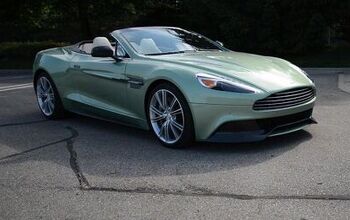

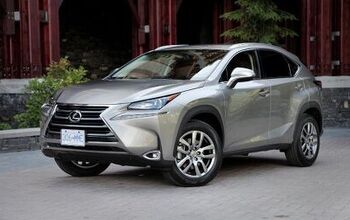
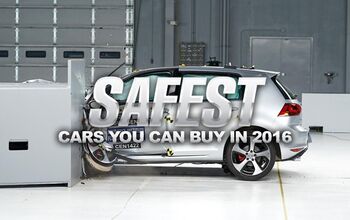
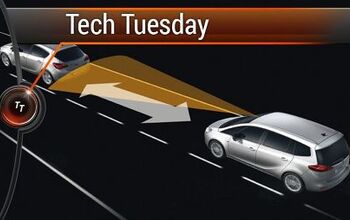


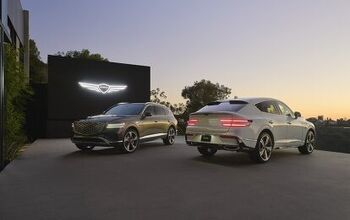
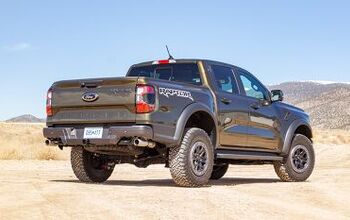
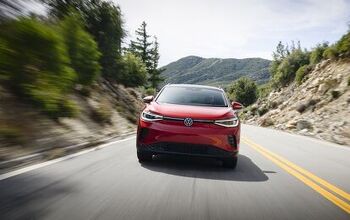
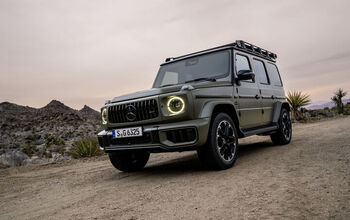
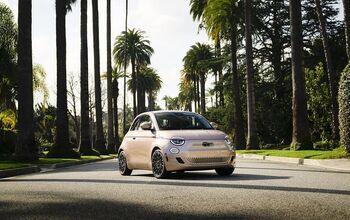

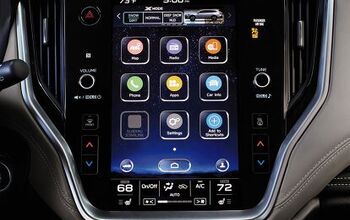

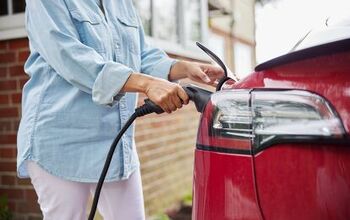
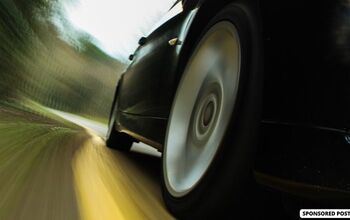
Comments
Join the conversation